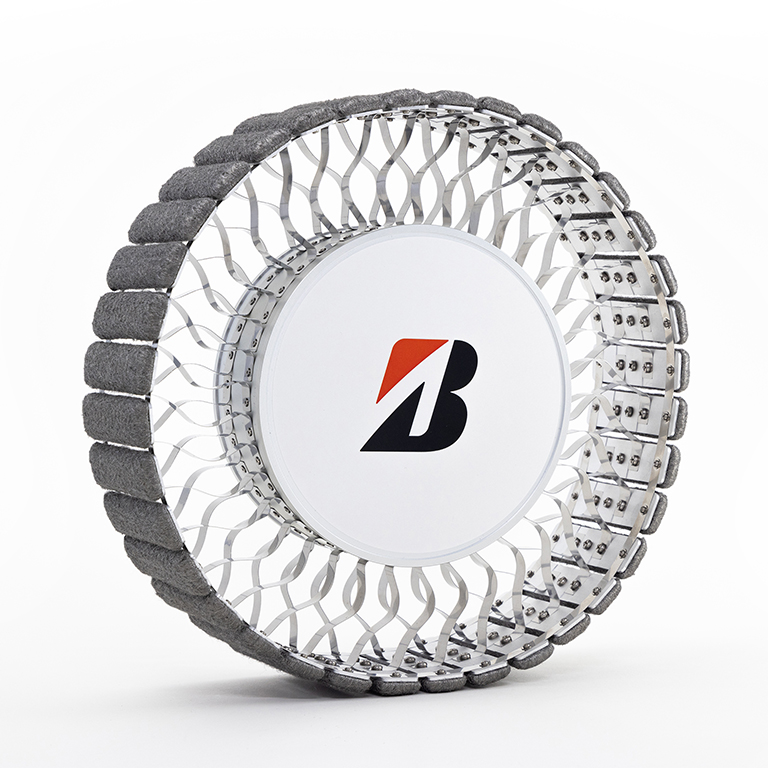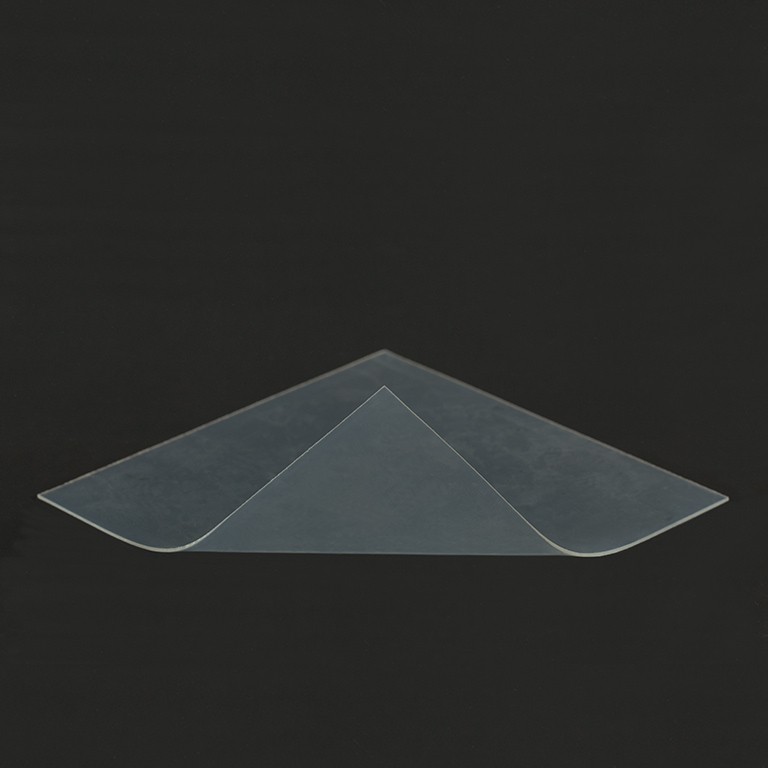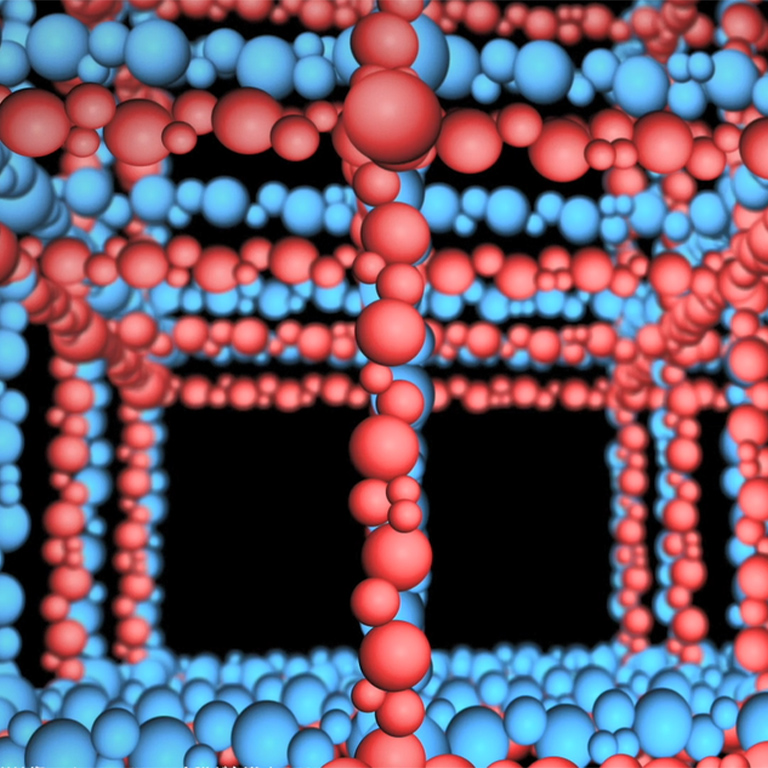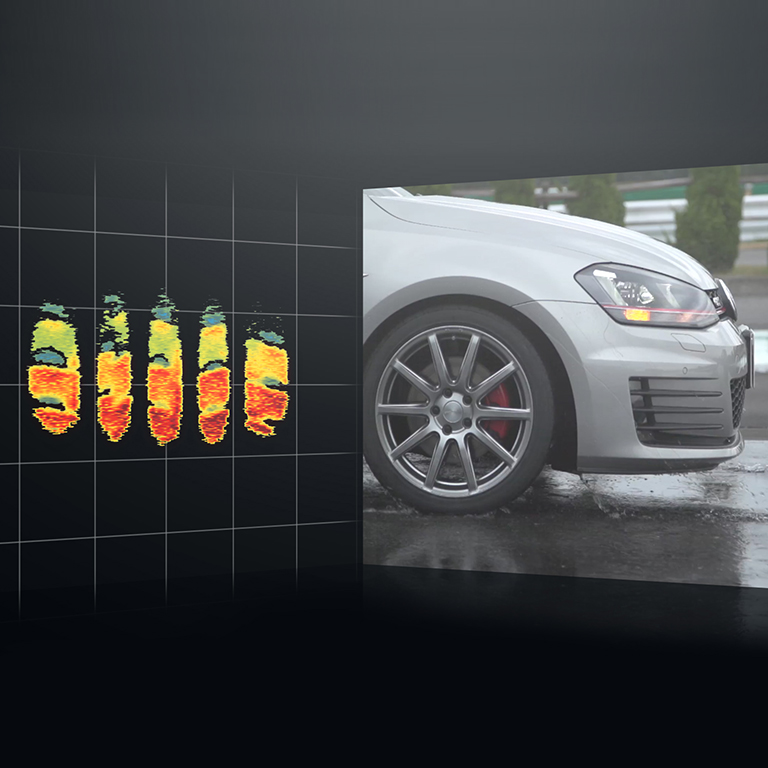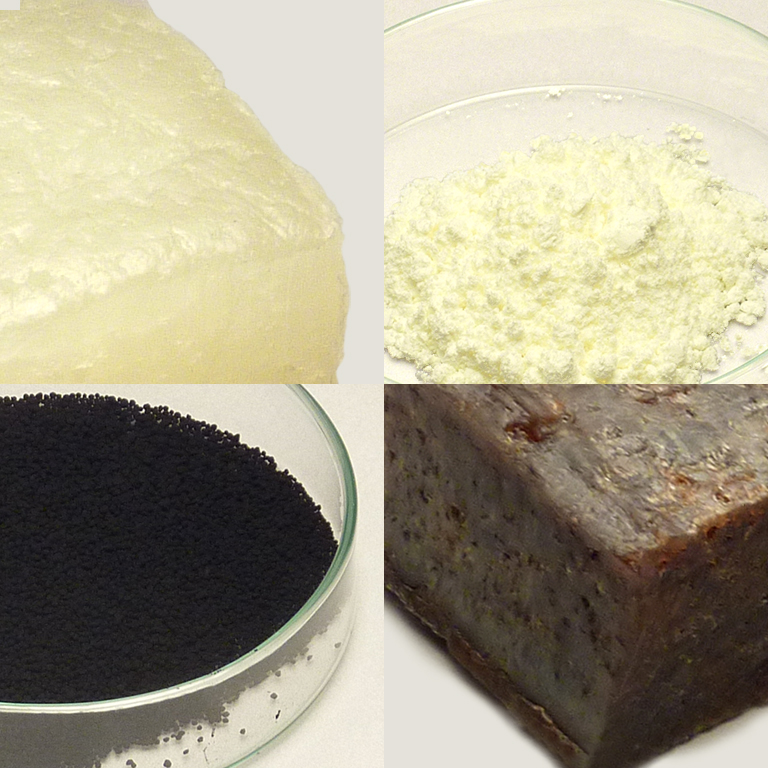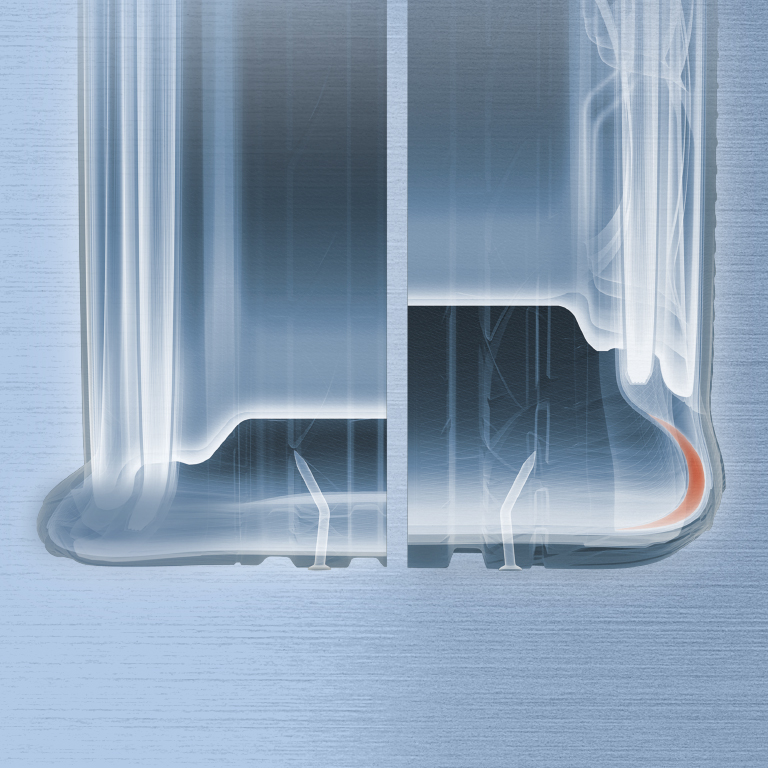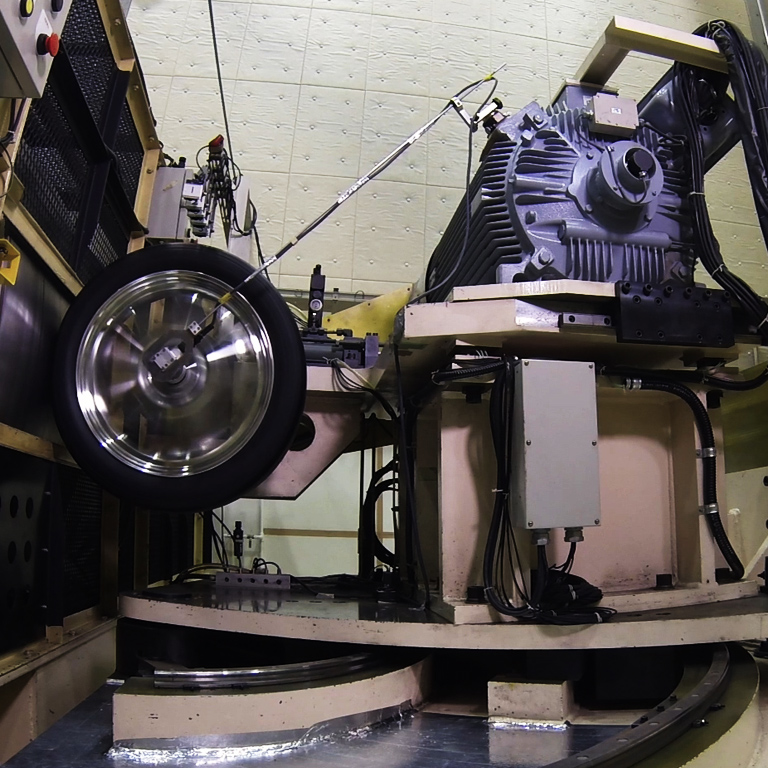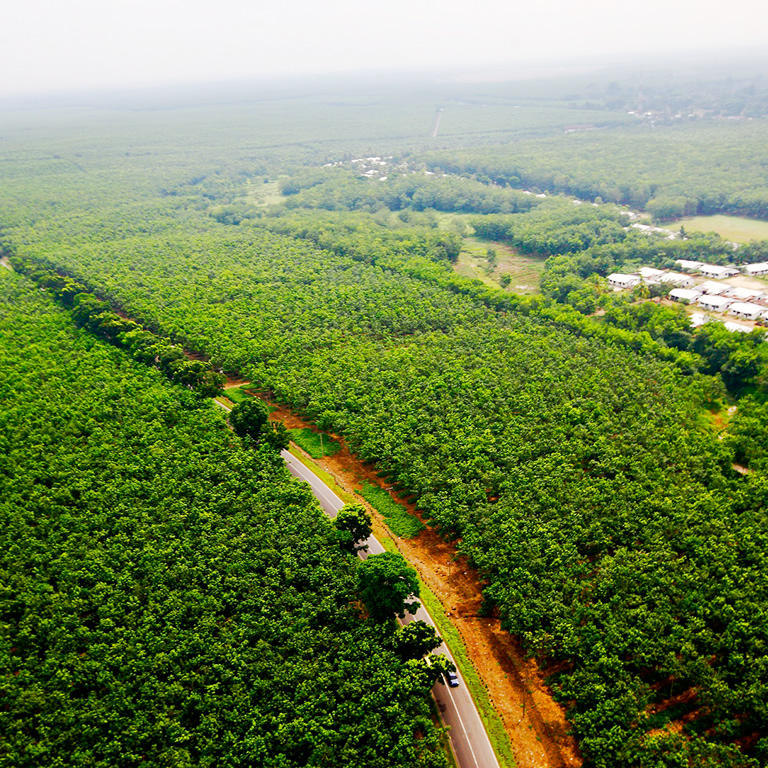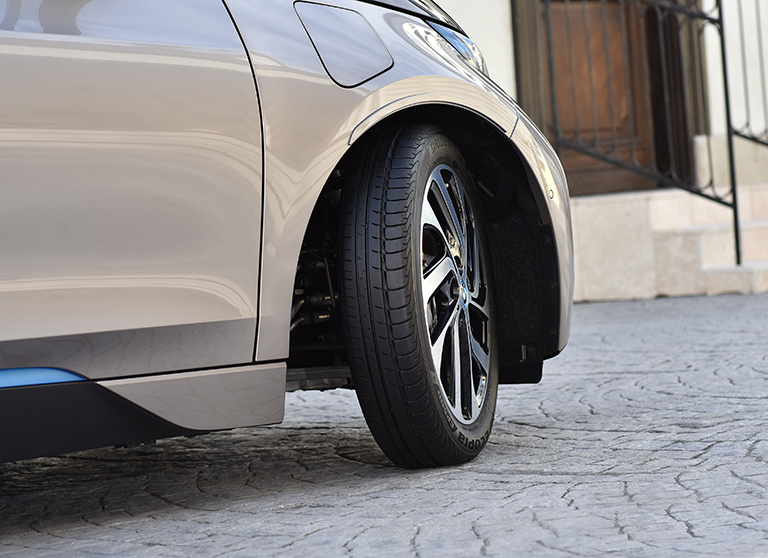
Effort for Natural Rubber Sources
“Continuous utilization and productivity improvement” and “diversification” of natural rubber sources
With the increasing global population and the expansion of motorization, the demand for tires and the consumption of natural rubber are expected to grow as well. Natural rubber, one of the primary materials in tires, is produced from the latex of para rubber trees (*1), and currently about 90% of its plantations are concentrated in Southeast Asia.
To alleviate the concentration of natural rubber production and stabilize its supply, the Bridgestone Group has committed to a pair of approaches: “Continuous utilization and productivity improvement of conventional sources” and “Diversification into new sources.”

- *1Hevea brasiliensis, Euphorbiaceae; an evergreen tree originated in Brazil. Latex extracted from the tree contains natural rubber.
- *2Evergreen shrubs that originated in the arid zone from the southwestern part of the USA to northern Mexico. The tissues contain a rubber constituent.
- *3An herbaceous perennial that originated in Kazakhstan and Uzbekistan. Its root contains natural rubber.










